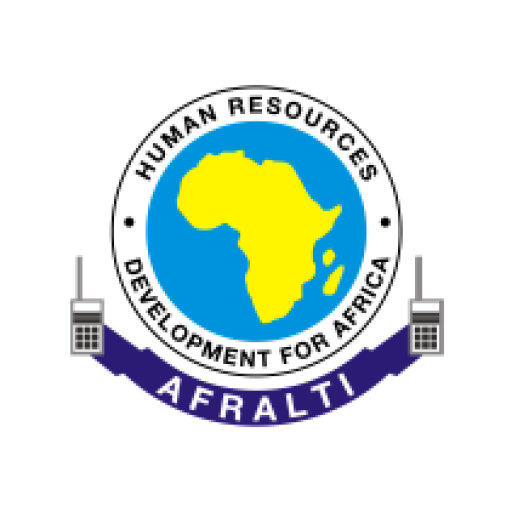Core Areas Covered
1. How Fiber works, advantages and disadvantages of optical Fiber
2. Introduction to optical Fiber transmission systems
3. Manufacture of optical Fiber cables
4. Types, characteristics, classification and structure of optical Fibers
5. Optical devices
6. Optical Networks
7. Safety precautions
8. Optical Fiber installation methods 2 Certified Fiber Optic Technician (CFOT) Course
9. Optical Fiber splicing and termination methods
10. Optical Fiber link testing
11. Optical power budgeting calculations
12. Introduction to fiber-to-the-home.
13. Trouble shooting and maintenance procedures
Methodology
Lectures, PowerPoint Presentation, and hands on practical in splicing, connectorization, termination and testing. Along with chapter tests, class discussions, and substantial hands-on activities, the CFOT Test is given and graded at the end of the class. Participants will demonstrate the ability to build and test a fiber optic link.
Course Outline
Day 1
- Introduction to optic fiber.
- History of Fiber Optics.
- Theory of light.
- How fiber works,
- Fiber specifications (geometry, attenuation, bandwidth).
- Frequency spectrum and multiplexing (WDM
- Fiber Optics Safety.
- Terms and Definitions.
- Hands-on Session: view samples of fibers and cables.
Day 2
- How fiber optic links work (transmitter, receiver, power budget)
- Fiber Optic communication networks.
- Networks (telecom, data, CATV, etc.).
- Fiber optic technology and manufacture of optic fiber cable
- Preliminary planning and detailed survey
- Trenching
- Ducts and cable laying
- Standards and Code compliance.
- Reading prints and specs.
- Planning the installation.
- Pulling cable (installation hardware, guidelines to pulling, practices.
- Documentation.
Day 3
- Types of Cables.
- Cable preparation
- Connectarization.
- Fusion and mechanical splicing
- Hardware (patch panels, splice closures, conduit, etc)
- Hands on:
- Termination (one type, adhesive or prepolished/splice)
Day 4
- Continuity and tracing.
- Visual inspection of connectors and bare fiber.
- Loss with power meter and source.
- Hands on: Basic insertion loss testing with source and power meter
Day 5
- Fiber optic design and PON
- PON
- FTTX
- Maintenance of a fiber optic link
- OTDR techniques: Trouble shooting and service restoration
- Questions and answers
Administering of Test: Written CFOT Test (approx 2 hours)
Reference materials Textbook: Fiber Optics Reference Guide by Jim Hayes, Supplementary Study Materials includes Workbook and Lab Manual.

